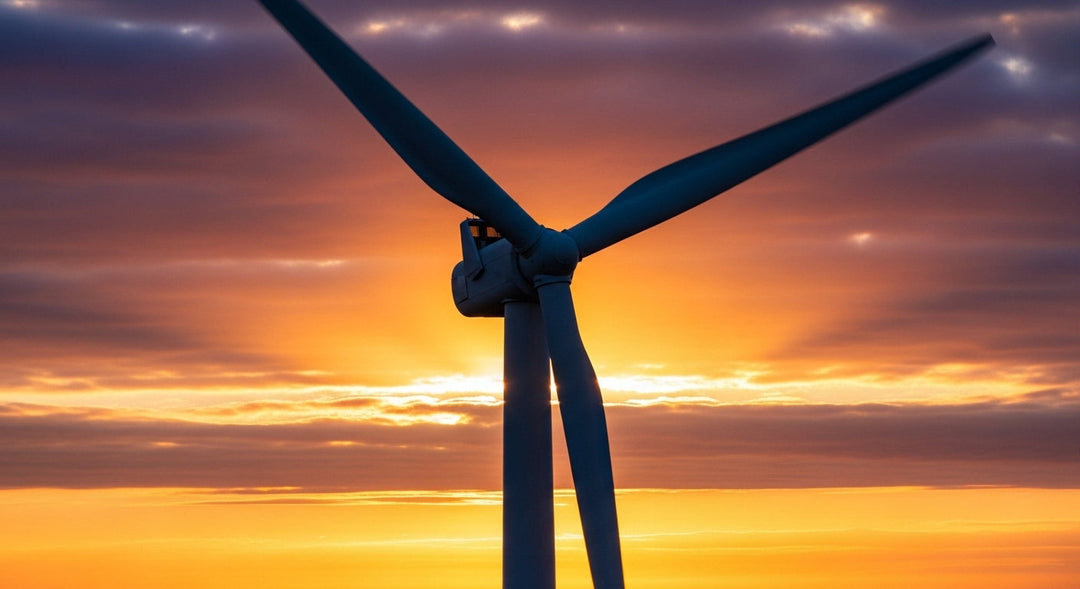Key Challenges for Electric Vehicles

The electric vehicle (EV) revolution is in full swing, with many major automakers developing a range of EV models for all consumer needs. As several cities around the world announce future bans on internal combustion engine (ICE) vehicles, the need to rapidly manufacture EVs is clear. However, several challenges remain between EV production and widespread adoption. These include the lack of regional supply chains, difficulties in achieving competitive pricing, EV range, the scarcity of charging infrastructure, and the relatively small global EV market at present.
Developing Regional Supply Chains – China’s Dominance
One challenge that became overwhelmingly apparent during the Covid-19 pandemic was the difficulty in sourcing parts under the existing global supply chain structure. Many EV parts are manufactured in China, which currently dominates the semiconductor market, making it difficult for EV producers to access these parts in other parts of the world when supply chains are disrupted. This has led the U.S. and several other countries to invest in the development of regional supply chains.
As well as the components required to manufacture EVs, mining activities are vitally important for the production of the lithium-ion batteries required to run EVs and other electrical devices. At present, China dominates the lithium market, and in 2022 it provided around 60% of the world’s lithium chemical supply.
We expect to see investments in regional mining and manufacturing to help decrease U.S. reliance on China for EV parts as well as create major new EV hubs across the region. For example, several major automakers are now developing operations in Mexico, including Tesla, which has plans for a Gigafactory in the north of the country. Meanwhile, we expect developing the lithium triangle, between Chile, Bolivia, and Argentina, will help the U.S. gain greater access to vital battery materials.
Competitive Pricing
One of the biggest limitations to EV rollout is the inability to achieve competitive pricing. This is also an area in which China is doing better than its competitors, with the median price of an EV in China standing at around 10% higher than a conventional car, compared to between 45% and 50% higher in other major markets.
But hope is on the horizon with plans for a $25,000 EV. Tesla announced it expects its new generation car to start at between $25,000 and $30,000. We expect this announcement will drive other automakers to be more competitive in their pricing, driving down costs to make models that are more competitive with the Chinese market.
Market Expansion and Charging Infrastructure
The distance that EVs can travel in between charging has increased significantly in recent years, thanks to technological innovations. But the public perception of the EV range remains poor. The range of EV batteries has increased from around 100 miles on a single charge 15 years ago to over 300 miles today. Automakers need to shift the public perception of the EV range to encourage consumers to make the switch.
In addition, the U.S., and many other countries worldwide, must develop comprehensive EV charging infrastructure plans and invest heavily in the rollout of charging facilities across the country. National policies could support this rollout by offering private companies tax breaks and other fiscal incentives for investing in charging infrastructure.
Until now, the price of an EV compared to an ICE vehicle has deterred many consumers from making the shift. Many of those that could afford an EV were also put off by the limited range of the vehicle, as well as the need for charging infrastructure available. However, with recent innovations leading to cheaper and longer-range EVs, automakers have a strong potential to develop the EV market.
Our Outlook Remains Positive
Several challenges are standing in the way of EV market expansion and the widespread consumer shift away from ICE vehicles to EVs. However, thanks to recent innovations, the development of regional supply chains, and both public and private investment in the EV market, we foresee automakers overcoming most of these challenges by the end of the decade.










